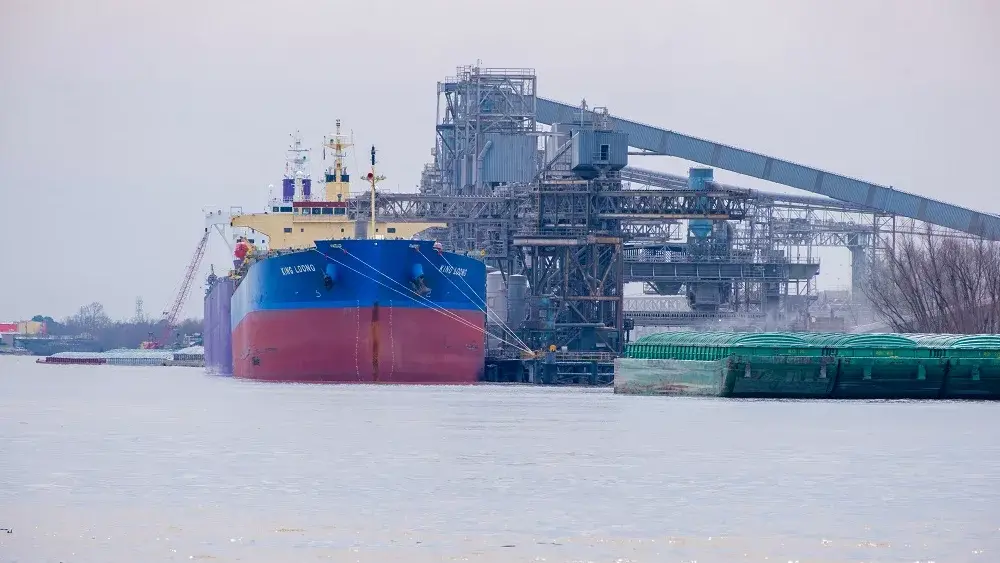According to the U.S. Department of Energy, more than 70% of the grid is over 25 years old, and demand is rising faster than upgrades can keep pace. DOE reports show U.S. power outages have increased sharply over the past decade, driven by extreme weather, population growth, and the rapid electrification of homes, vehicles, and industry.
“They’re talking 2030 is kind of the look they took and, it’s not a great look ahead, to be honest with you. A lot of demand and not a lot of new generations coming online. So, they’re talking maybe as many as 100 times the outages in 2030 as we have today, which is four years and change away. Not very, not very far.” That’s Michael Newland, Director of Agriculture Business Development for the Propane Education and Research Council or PERC.
He says that for farms, those outages aren’t just inconvenient, they’re costly. That’s why PERC promotes propane-powered equipment—not as a replacement for electricity, but as a reliable on-farm backup.
Newland continued, “We do about 50% of the confinement buildings, back up on those, to run critical systems: ventilation fans, water systems, feed systems. But we can do much more than that. So, we do all the way from that 15-kW generator attached to the house, all the way up to one megawatt and sometimes bigger industrial sites, commercial sites, you know, so we could do a lot with propane in the, in the power space.”
With DOE projecting continued strain on the grid through the next decade, energy experts say farms may need layered solutions—from grid modernization and renewables to dependable standby power.
“Is it cost effective today. And what’s that look like into the future? And I think you can really understand the pricing and the risk is if you can’t run it and you can’t run your combine for a day or two or a week, or what’s that look like in the fall?” Newland added.
For now, the message to rural America is clear: when the lights flicker, planning ahead could keep operations running.
For more information logon to propane.com






